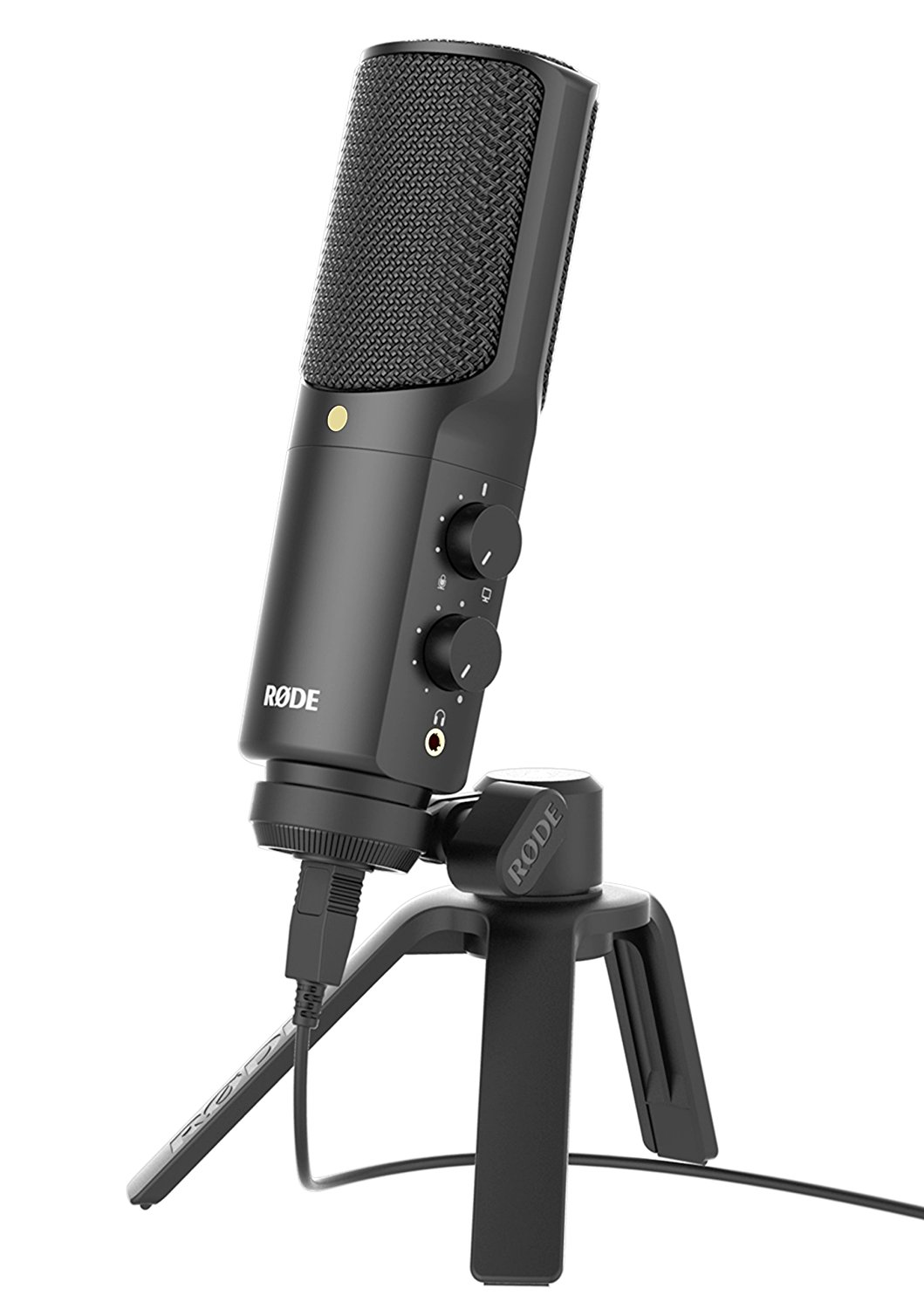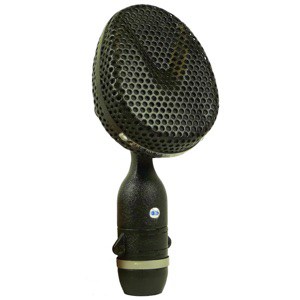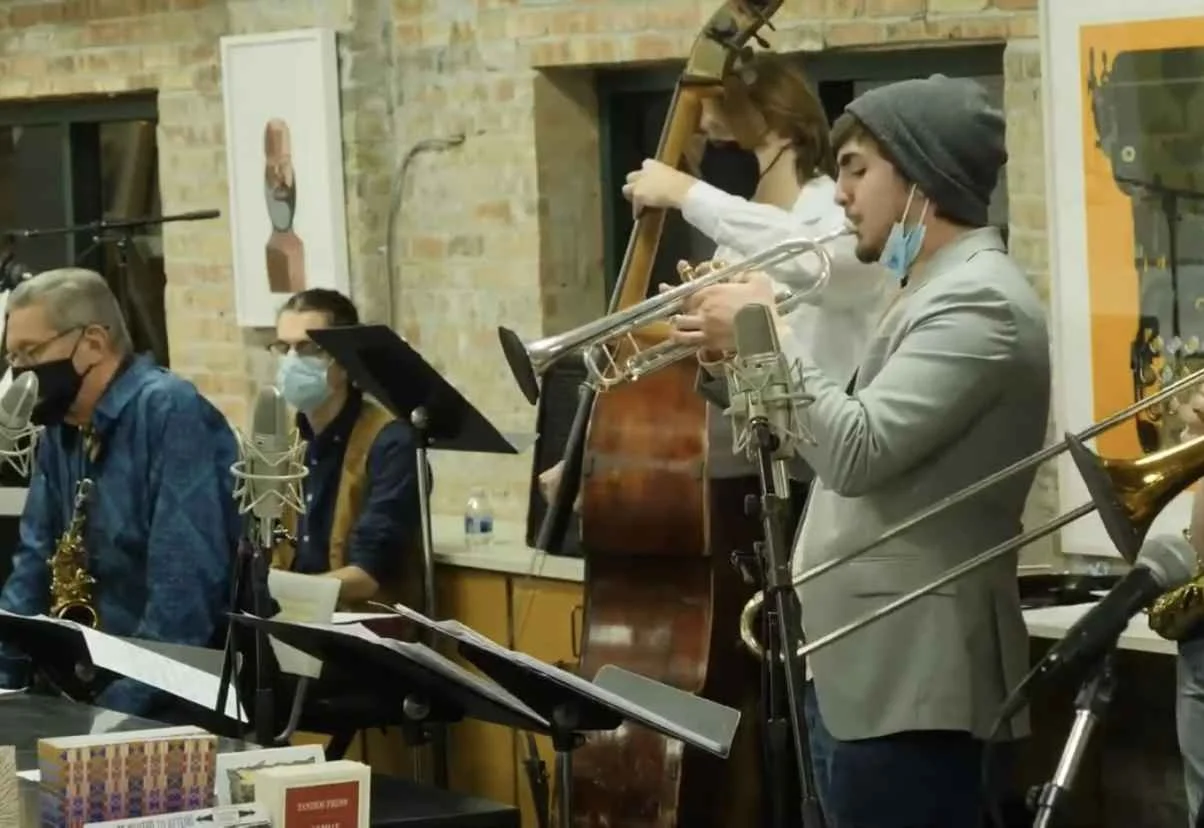

Best brass instrument recording microphone for macbook pro Bluetooth#
The limitation of Bluetooth speakers is that your playing device must be within 33 feet, preferably in line of sight. If you want to focus just on headphone use, the Apogee Groove includes four DACs per channel and can drive high-end headphones easily. It’s not the absolute top of the line, limited to 24-bit/192 kHz, but it will certainly improve almost any home listening situation.įor far less, you could try the Audioengine D1, which is much smaller and still offers significant sound sweetening. You can use this directly into powered speakers, as a headphone amp, or into a larger stereo amp. In this Marantz unit, you immediately feel where the money went as it’s very heavy for its size, owing to a large transformer. Audiophile gear gets expensive in a hurry and it isn’t always clear what you’re paying for. speakers) and interpreted by your ears.Īs with anything, the sky is the limit when shopping for these devices. The function of these devices is to turn those ones and zeroes into electrical impulses that can then be rendered by acoustic devices (i.e. Assuming physical media isn’t available, the best modern audiophiles can hope for is a lossless file format played through a DAC, a digital-to-audio converter. Further, they may go on to point out that all the streaming services downsample music too much for an enjoyable listening experience, even if it saves bandwidth.

The audio purists out there may be quick to point out that all wireless protocols are inferior to anything physically connected to the output device. Both of these volumes can be very useful for the working or learning musician. They also created The Ultimate Fake Book, which combines 1,200 songs across many different styles.

Still, as a learning tool, it’s invaluable will certainly open up a younger musician’s mind about the possibilities of jazz. Now, to be clear, as Neely goes on to say, The Real Book is divisive in some circles because hardcore, old school jazz musicians view it as the beginning of the end of real jazz playing, in some sense. Hal Leonard eventually legitimized it and continues to publish the volume to this day, which includes 400 songs. The Real Book, as Adam Neely explains, was a project by students and faculty at the Berklee College of Music in the 70s to create the definitive fake book of jazz standards. Most of them were made of illegally-made copies of sheet music that the publishers never gave their blessing to, but they were very popular nevertheless. Michael Azerrad’s now-iconic Our Band Could Be Your Life profiles 13 bands who were indie long before the term was relegated to describing Telecaster-wielding pop/rock acts.įinally, Hanif Abdurraqib’s books They Can’t Kill Us Until They Kill Us digs deeply into the intersection of music, culture, and identity against the backdrop of fear and political division in the world today, while Go Ahead in the Rain takes a deep look at A Tribe Called Quest.įake books are compilations of sheet music working musicians use to fill gaps in their song knowledge so they could show up to a gig and play just about any standard or popular song of the day. These songs include “Losing My Religion” by R.E.M., “Proud Mary” by Credence Clearwater Revival, and many more.įor a look into the dominant musical force of the last several years, consider The Rap Year Book: The Most Important Rap Song From Every Year Since 1979, Discussed, Debated, and Deconstructed by Shea Serrano. In Anatomy of a Song, Myers chronicles the oral histories of 45 mega hits that changed music and how they came to be. Whether it’s revealing the history about how a musician or album they love came to be or deconstructing the very nature of music itself, pairing the visceral experience of listening with deeper understanding can heighten the experience. Reading about music gives musicians another perspective into creating their own song.


 0 kommentar(er)
0 kommentar(er)
